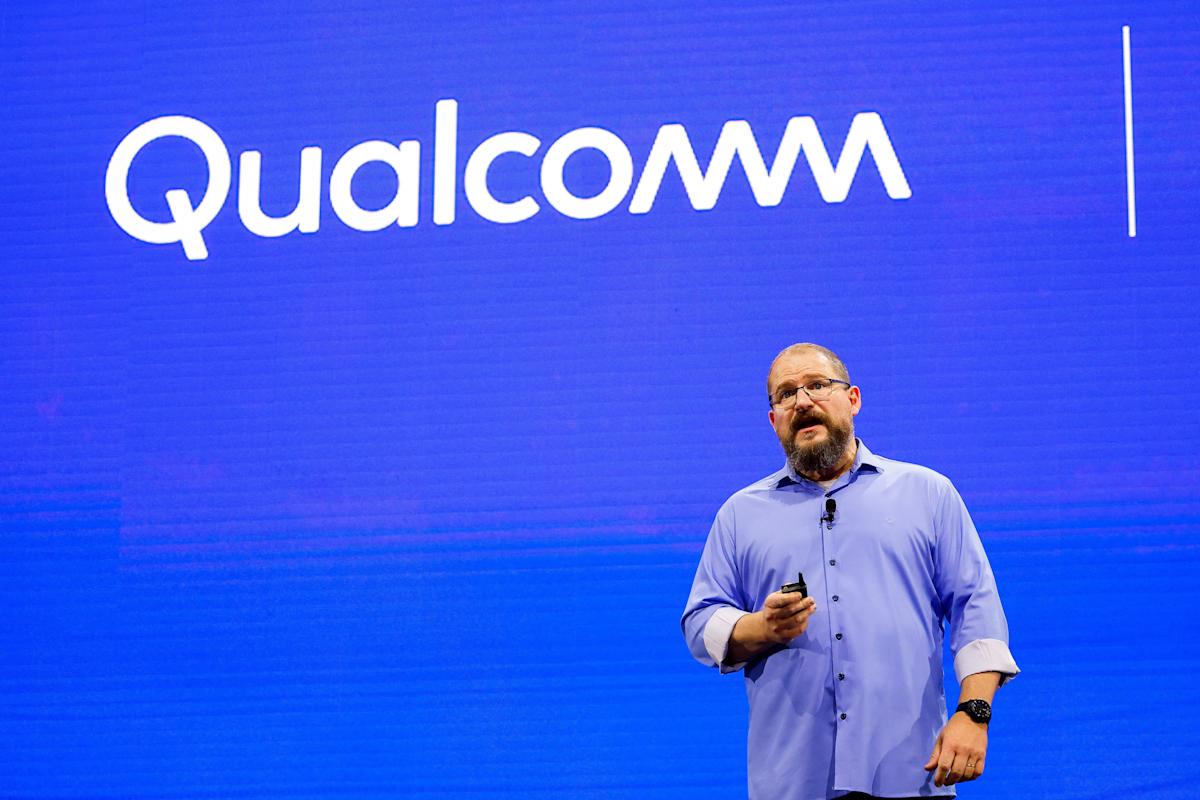
Although Stock Values Increase, It Still Holds Profit Potential


Valuation Issues in American Stocks
Recently, it is widely accepted by market analysts that American stocks are overvalued. For example, the S&P 500 Index’s forward price-to-earnings (P/E) ratio has reached a level of 22.9, significantly above the 10-year average of 18.6.
Investor Thoughts
This information may lead investors in different directions. Some investors may consider reducing their stock positions in anticipation of a potential price correction, while others may aim to sell all their assets or evaluate short selling. However, an important point is that P/E ratios alone are not a sufficient indicator to predict where prices will go.
The Meaning of Forward P/E Ratios
The truth is, forward P/E ratios provide almost no information about how prices will move in the next 12 months. They may give some indications about long-term returns, but these signals may not always be accurate.
The Year 2020 and Market Dynamics
For example, in 2020, as stocks showed significant recovery after the pandemic, the P/E ratio rose to 23.6. At that time, the S&P 500 was trading at around 3,500, and today this index is close to approximately 6,900. In other words, the S&P 500 has nearly doubled in the last five years. Behind this growth, significantly, company profits also doubled during the same period.
Risks and Strategies
Nevertheless, the markets experienced a bear market in 2022 and saw a drop of 19% earlier this year. Those who were able to time it correctly deserve congratulations. However, for most investors, the best strategy may be to maintain current positions or adopt a dollar-cost averaging strategy through regular purchases.
Future Expectations
Analysts' forecasts include double-digit growth in company profits until 2027. However, due to high valuations, the risk of sharp declines in stock markets is always mentioned. In the event of sales occurring, profiting from these fluctuations is also likely to be a challenging process.
```.png)
Yakında Tüm Platformlarda
Sizlere kesintisiz haber ve analizi en hızlı şekilde ulaştırmak için. Yakında tüm platformlarda...








.png)